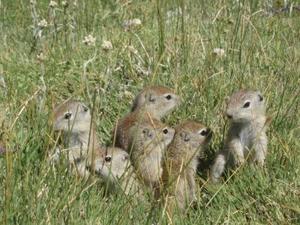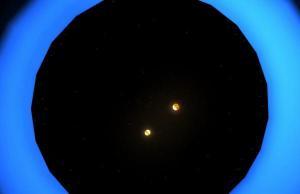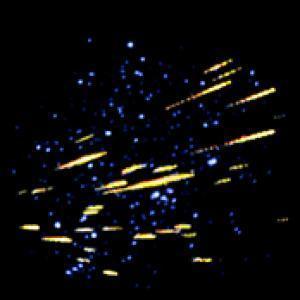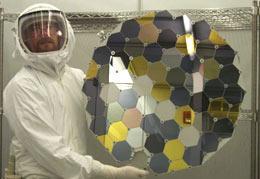Tests on the influence that a stress-related hormone has on learning in ground squirrels could have an impact on understanding how it influences human learning, according to a University of Chicago researcher.
Jill Mateo, Assistant Professor in Comparative Human Development, has found that when they perform normal survival tasks, ground squirrels learn more quickly if they have a modest amount of cortisol, a hormone produced in response to stress, than those with either high or low levels of cortisol.
In humans, cortisol production is also related to stress and is known to have an impact on learning, but that impact is not well understood, Mateo said. The research on ground squirrels could point to additional avenues of research.

|
| ©University of Chicago
|
| Research at the University of Chicago shows that young squirrels learning to survive in their environment need a moderate level of stress hormones. The study points toward the role of stress hormones on early learning in humans.
|




